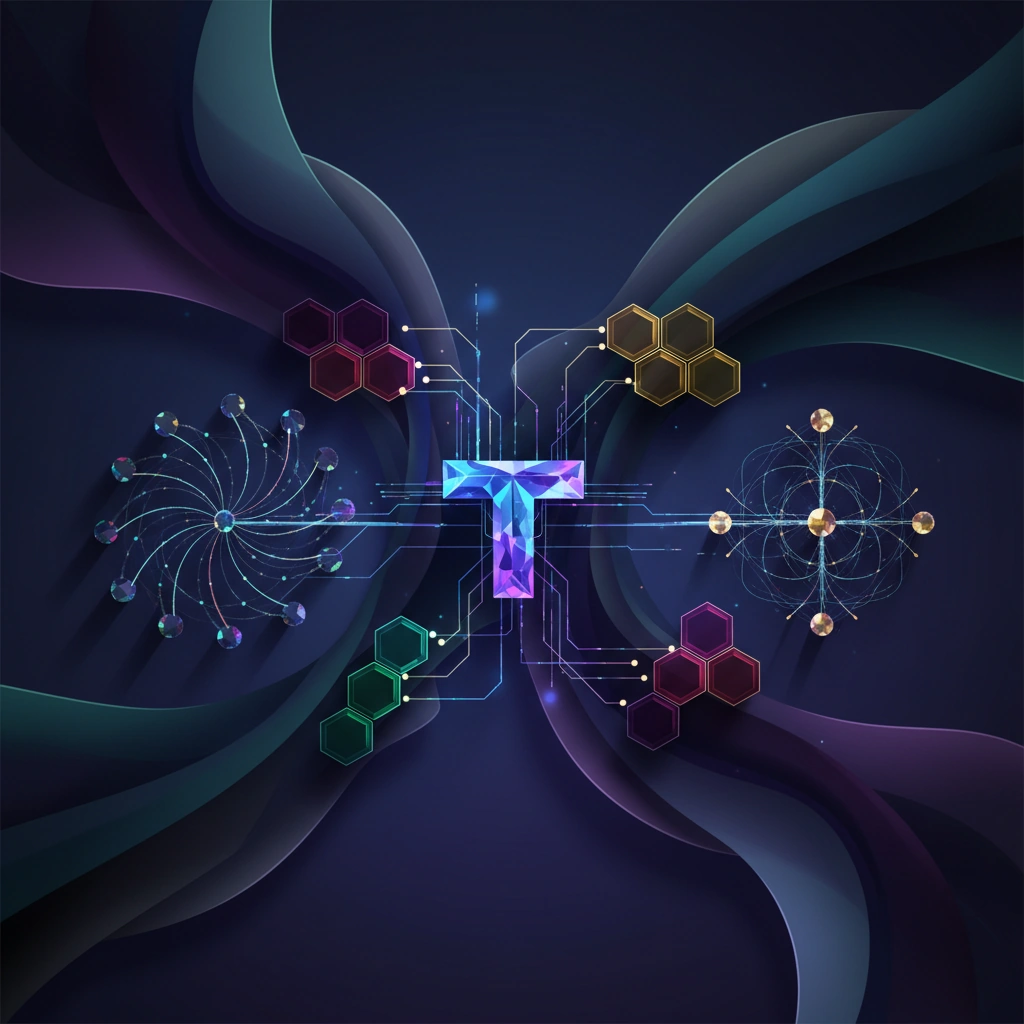LLM Architecture Evolution: Transformers to MoR Explained
Deep dive into the technical progression of large language model architectures, from the foundational Transformer through Mixture of Experts to cutting-edge Mixture of Routers, examining how each innovation addresses scaling and efficiency challenges.

The rapid advancement of large language models has been driven not just by increased computational power, but by fundamental architectural innovations that have reshaped how we build AI systems. Understanding this evolution from the original Transformer architecture to modern approaches like Mixture of Routers (MoR) reveals the technical breakthroughs enabling today's AI capabilities.
The Transformer Foundation
The 2017 "Attention Is All You Need" paper introduced the Transformer architecture that became the foundation for modern LLMs. The key innovation was the self-attention mechanism, which allows the model to weigh the importance of different words in a sequence when processing each token. Unlike recurrent neural networks that process sequences sequentially, Transformers process entire sequences in parallel, dramatically improving training efficiency.
The architecture consists of encoder and decoder blocks with multi-head attention layers, feed-forward networks, and residual connections. This design enabled models to capture long-range dependencies in text more effectively than previous approaches. However, the quadratic complexity of self-attention with respect to sequence length became a bottleneck as models scaled.
Scaling Challenges and Mixture of Experts
As researchers pushed model sizes into the hundreds of billions of parameters, computational costs became prohibitive. The Mixture of Experts (MoE) architecture emerged as a solution, introducing conditional computation where only a subset of the model activates for each input.
In MoE models, the traditional dense feed-forward layers are replaced with multiple "expert" networks. A gating mechanism learns to route each token to the most relevant experts, typically activating only 2-4 experts per token while maintaining hundreds of experts in total. This approach allows models to scale to trillions of parameters while keeping inference costs manageable.
Google's Switch Transformer and GLaM demonstrated MoE's effectiveness, achieving better performance than dense models with significantly fewer activated parameters per token. The challenge lies in load balancing—ensuring experts are utilized evenly to prevent some from becoming undertrained while others are overused.
Enter Mixture of Routers
The latest architectural innovation, Mixture of Routers (MoR), addresses limitations in traditional MoE designs by introducing hierarchical routing mechanisms. Rather than a single gating network deciding which experts to activate, MoR employs multiple routing layers that make progressively refined decisions about computation paths.
This hierarchical approach provides several advantages. First, it enables more nuanced specialization, with routers learning to distinguish not just broad categories of expertise but fine-grained computational patterns. Second, it improves load balancing by distributing routing decisions across multiple stages rather than concentrating them in a single bottleneck.
MoR architectures also introduce dynamic depth—different inputs can traverse different numbers of layers based on their complexity. Simple queries might skip certain computation paths entirely, while complex reasoning tasks engage deeper processing. This adaptive computation represents a significant departure from the fixed-depth paradigm of traditional neural networks.
Implications for Multimodal AI
These architectural advances have profound implications for AI video generation and synthetic media systems. Modern multimodal models like those powering text-to-video generation leverage MoE principles to handle the massive computational requirements of video synthesis. Different experts can specialize in temporal coherence, spatial details, or semantic understanding.
The efficiency gains from MoR architectures are particularly relevant for real-time video processing applications, including deepfake detection systems that must analyze video streams with minimal latency. As these models become more efficient, the barrier to creating sophisticated synthetic media continues to lower, making robust detection mechanisms increasingly critical.
Technical Considerations and Trade-offs
Implementing these advanced architectures requires careful consideration of several technical factors. Router training stability remains challenging—routing networks can suffer from collapse where they consistently select the same experts. Techniques like auxiliary loss functions, router z-loss, and expert capacity constraints help mitigate these issues.
Memory bandwidth also becomes a critical bottleneck in MoE and MoR systems. While computation is reduced through sparsity, accessing multiple expert parameters can create memory access patterns that limit practical speedups. Advanced implementations use expert parallelism and careful parameter placement across accelerators to optimize throughput.
Future Directions
The evolution from Transformers to MoR represents a shift toward more flexible, efficient architectures that better mirror how computation might be structured in biological neural systems. Future developments will likely explore even more dynamic routing mechanisms, potentially incorporating reinforcement learning to optimize routing policies for specific tasks or hardware configurations.
For practitioners working with AI systems, understanding these architectural principles is essential for selecting appropriate models and optimizing deployment strategies. As the field continues to evolve, the gap between architectural innovation and practical applications continues to narrow, bringing advanced AI capabilities within reach of broader audiences.
Stay informed on AI video and digital authenticity. Follow Skrew AI News.



